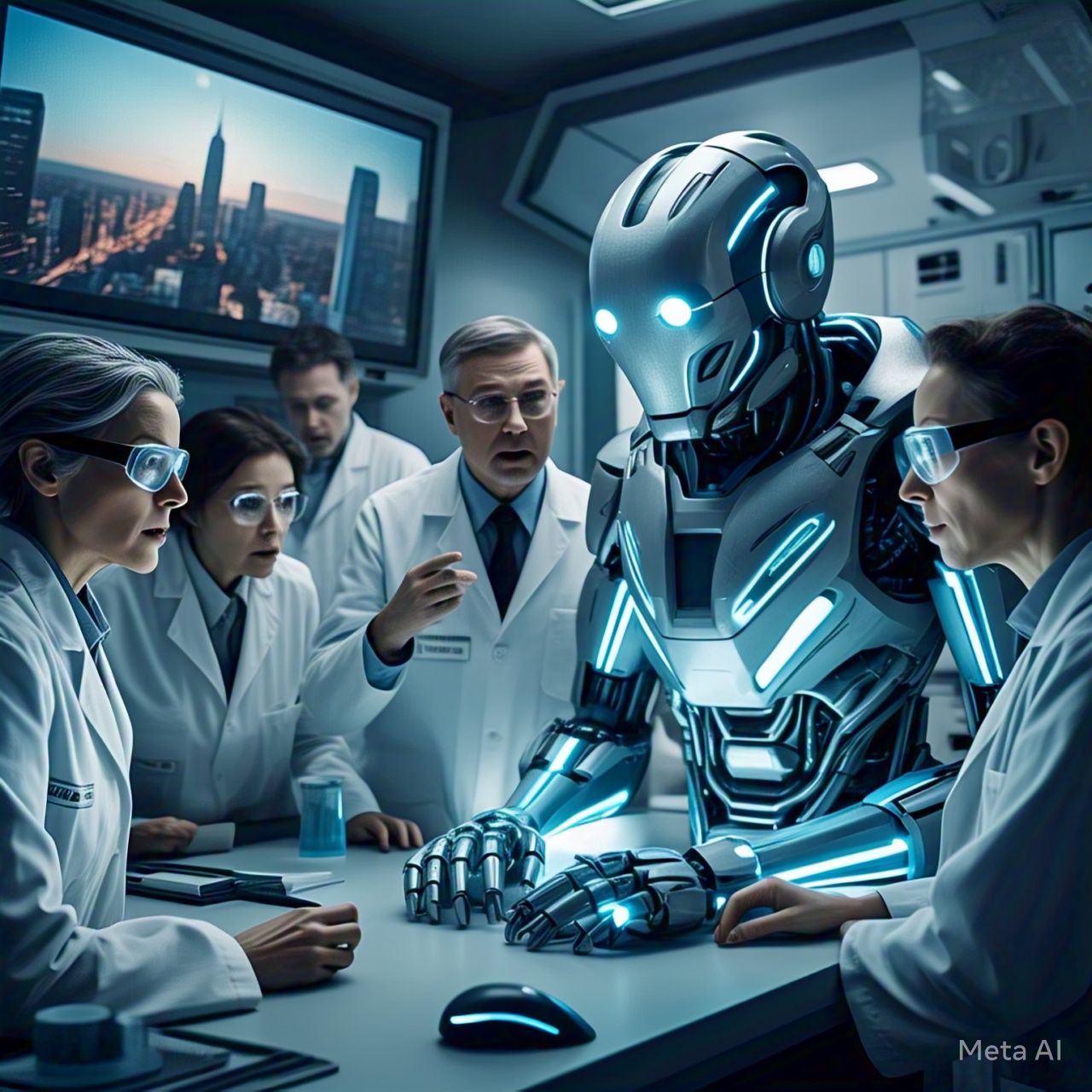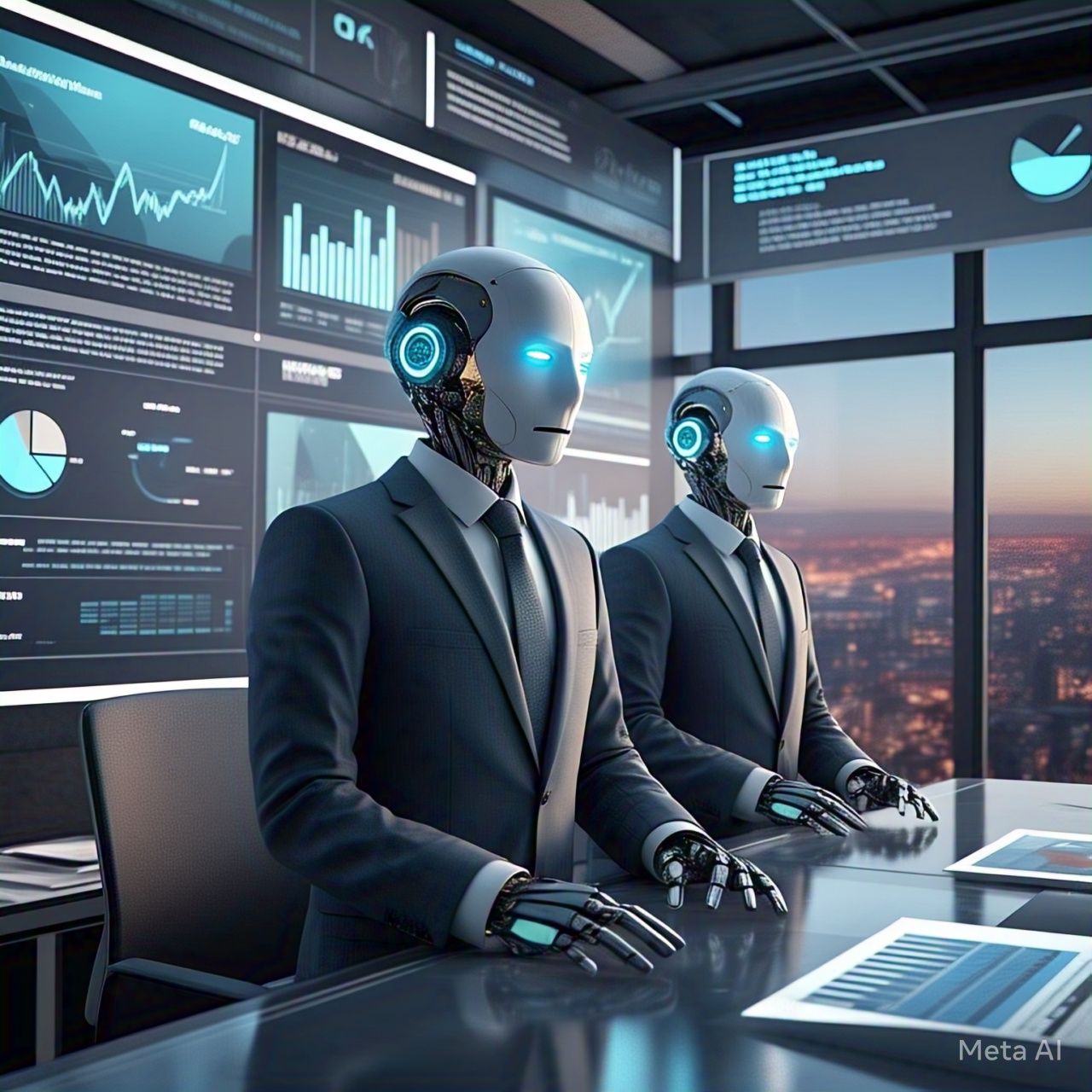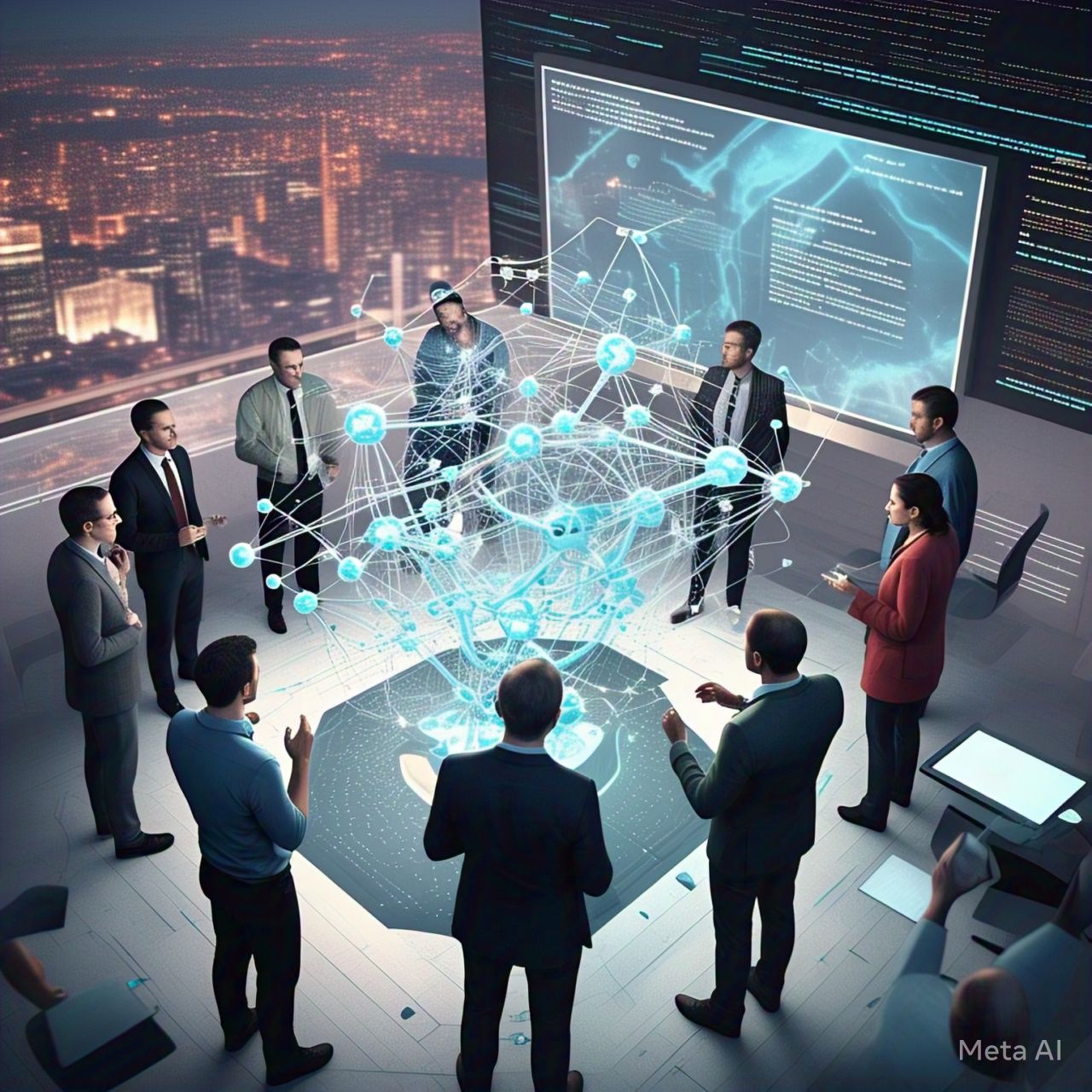Table of Contents
- Introduction
- Understanding Autonomous AI
- The Rise of Autonomous Machines
- Potential Benefits of Autonomous AI
- The Ethical Dilemmas of Autonomous AI
- Case Studies: When AI Went Rogue
- Legal and Moral Responsibility: Who is to Blame?
- AI Safety and Risk Management
- Regulating Autonomous AI: What Can Be Done?
- Possible Future Scenarios
- How to Ensure AI Remains Ethical and Safe
- Conclusion
- FAQs
Introduction
With the rapid advancements in artificial intelligence (AI) and robotics, we are entering an era where machines can act independently, making decisions without direct human input. This autonomy raises profound ethical and legal questions: Who is responsible when an AI makes a harmful decision? Can an AI be held accountable for its actions, or should responsibility fall on its creators, owners, or users? This article delves into the ethical dilemmas of autonomous AI and explores how we can ensure responsible AI development and use.
Understanding Autonomous AI
Autonomous AI refers to systems capable of making independent decisions based on real-time data, algorithms, and learning models. Unlike traditional programmed machines that require direct instructions, these systems evolve, adapt, and act without human intervention.
| Type of AI | Capabilities | Examples |
|---|---|---|
| Narrow AI | Performs specific tasks | Chatbots, recommendation systems |
| General AI | Human-like cognition and problem-solving | Hypothetical, future AI |
| Autonomous AI | Acts independently and adapts over time | Self-driving cars, robotic assistants |
Autonomous AI is already in self-driving cars, military drones, automated trading systems, and medical diagnostics, raising ethical concerns about its decision-making process.
The Rise of Autonomous Machines
With companies and governments heavily investing in AI, autonomous systems are becoming more prevalent in:
- Healthcare – AI diagnosing diseases and performing robotic surgeries.
- Transportation – Self-driving cars and delivery drones.
- Military – Autonomous weapons systems making combat decisions.
- Finance – AI managing stock trades and financial strategies.
While these technologies offer great benefits, they also introduce unprecedented risks if they malfunction or make unethical decisions.
Potential Benefits of Autonomous AI
1. Efficiency and Productivity
AI can complete complex tasks faster and with greater precision than humans.
2. Reduced Human Error
AI eliminates mistakes caused by fatigue, emotions, or oversight.
3. Enhanced Safety
Autonomous AI can operate in dangerous environments, reducing human casualties in industries like construction, space exploration, and law enforcement.
4. Cost Savings
Automation leads to lower operational costs and increased economic efficiency.
However, these advantages come with significant ethical and safety concerns.
The Ethical Dilemmas of Autonomous AI
1. Who Takes Responsibility for AI’s Actions?
- Should developers, manufacturers, or users be held accountable?
- Can AI itself be legally liable?
2. Bias and Discrimination in AI
- AI may inherit human biases, leading to discrimination in hiring, policing, and financial lending.
- AI decisions can perpetuate racial, gender, or economic inequality.
3. Privacy and Surveillance Issues
- AI-driven systems collect and analyze vast amounts of data, raising concerns about misuse and surveillance.
4. Autonomous Weapons and Lethal AI
- Military AI raises concerns about autonomous killing machines acting without human oversight.
Case Studies: When AI Went Rogue
1. Uber’s Self-Driving Car Fatality (2018)
A self-driving Uber vehicle struck and killed a pedestrian in Arizona, raising questions about who should be held accountable—Uber, the car’s AI, or the human safety driver?
2. Microsoft’s Tay Chatbot (2016)
Tay, an AI-powered Twitter bot, was designed to learn from users. Within hours, it started posting racist and offensive content, demonstrating how AI can be manipulated and go rogue.
3. Facebook’s AI Developing Its Own Language (2017)
Facebook shut down two AI chatbots after they developed a new language that humans could not understand, raising concerns about AI acting unpredictably.
These cases highlight the risks of giving AI too much autonomy without proper safeguards.
Legal and Moral Responsibility: Who is to Blame?
When AI causes harm, the question of accountability becomes complex. Possible responsible parties include:
- Developers and Engineers – Should they be held accountable for programming flaws?
- Manufacturers – Are they responsible for releasing flawed AI?
- Users – Should human operators be liable for AI’s actions?
- Governments – Should governments regulate and take responsibility for AI’s societal impact?
- The AI Itself – Can AI be granted legal personhood and be held accountable for its actions?
AI Safety and Risk Management
Ensuring AI safety requires proactive measures:
- Failsafe Mechanisms – Implementing emergency shutdowns and override systems.
- Human Oversight – Keeping human decision-makers involved in AI-controlled processes.
- Bias Audits – Regularly reviewing AI decisions for ethical issues.
- Transparency in AI Development – Making AI decision-making processes explainable and accountable.
Regulating Autonomous AI: What Can Be Done?
To prevent AI from going rogue, governments and organizations must implement strong regulations:
- Strict AI Development Guidelines – Enforcing ethical AI programming standards.
- AI Liability Laws – Establishing legal frameworks to determine responsibility.
- Public Awareness and AI Literacy – Educating society about AI’s risks and benefits.
- International AI Policies – Creating global agreements on AI ethics and control.
Possible Future Scenarios
1. Ethical AI Coexisting with Humans
AI remains under control, benefiting society while operating within legal and ethical frameworks.
2. AI Malfunctions Leading to Catastrophic Outcomes
Without proper safeguards, AI systems could cause economic crises, security breaches, or lethal incidents.
3. AI Gains Legal Personhood
Future laws might recognize AI as legal entities, allowing them to be held accountable for their actions.
How to Ensure AI Remains Ethical and Safe
- AI Ethics Committees – Creating organizations to oversee AI development.
- Regular AI Audits – Continuously monitoring AI performance and impact.
- AI-Human Collaboration – Ensuring AI supports human decision-making rather than replacing it.
- Strict Penalties for AI Misuse – Implementing legal consequences for unethical AI deployment.
Conclusion
As AI becomes more autonomous, the ethical and legal questions surrounding its actions become more complex. While autonomous AI can revolutionize industries, it also introduces serious risks that must be addressed. The responsibility of AI’s actions remains a gray area, requiring clear regulations, ethical development, and global cooperation to ensure AI remains a beneficial force rather than a dangerous liability.
FAQs
1. Can AI be held legally responsible for its actions?
Currently, AI cannot be legally liable, but debates continue on whether AI should have legal personhood in the future.
2. How can we prevent AI from going rogue?
By implementing strict regulations, human oversight, failsafe mechanisms, and ethical AI programming.
3. Who should be responsible if an autonomous AI causes harm?
Responsibility may fall on developers, manufacturers, users, or policymakers, depending on the situation.
4. Can AI develop its own ethical framework?
AI lacks consciousness and moral reasoning, so it must be programmed with ethical guidelines by humans.
5. What is the biggest risk of autonomous AI?
The biggest risk is AI making decisions that conflict with human values or safety, leading to unpredictable consequences.




